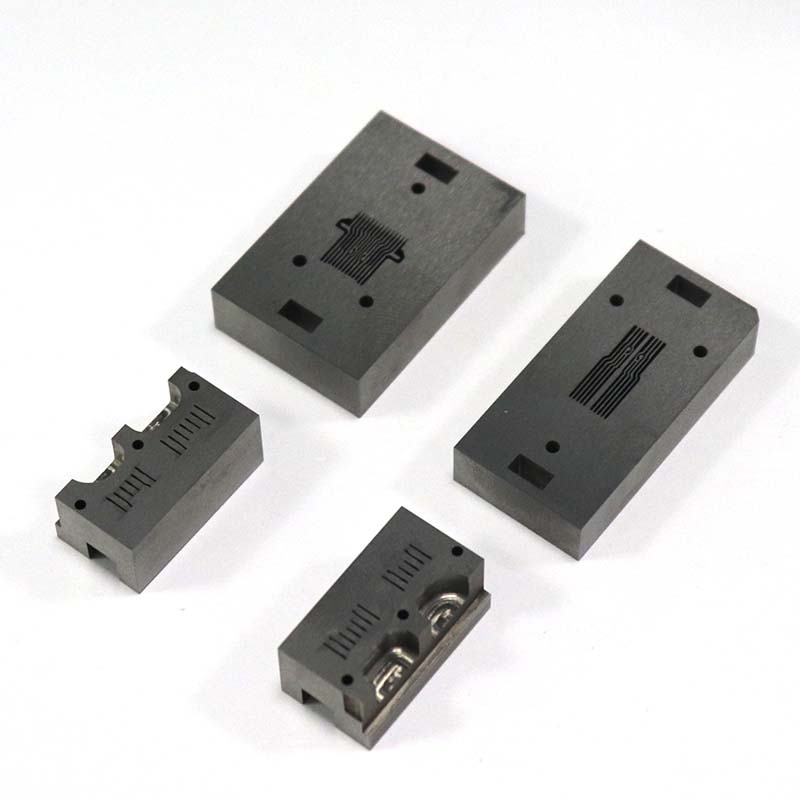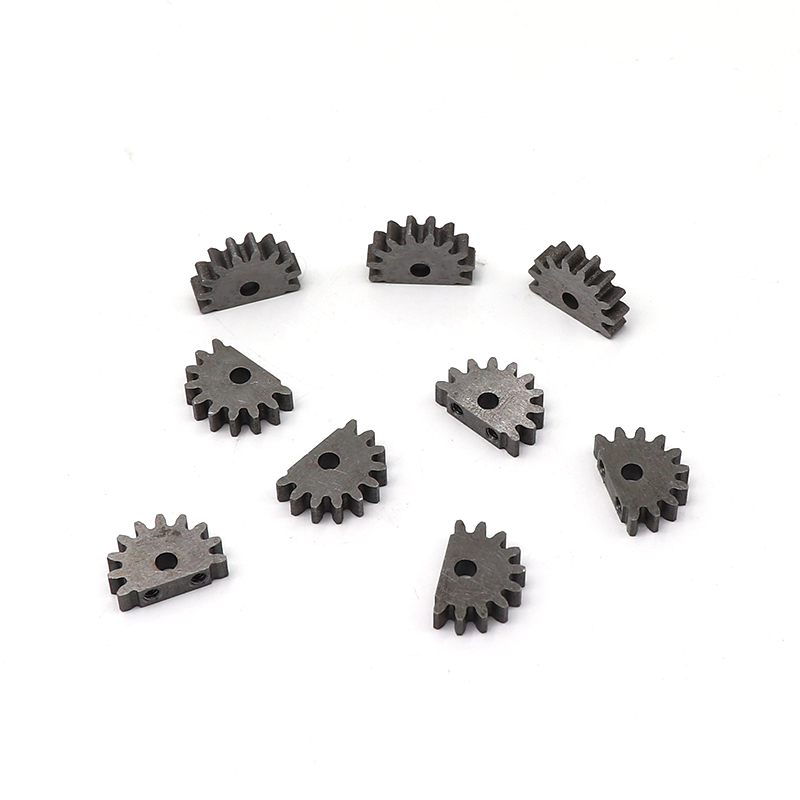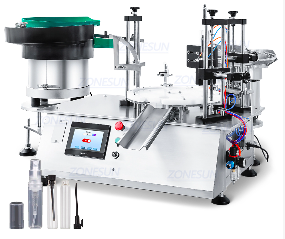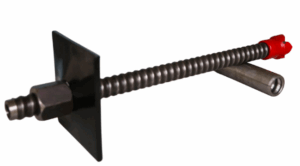Wire Electrical Discharge Machining (EDM) services have brought a significant transformation to the automotive industry, revolutionizing the production of intricate and precise parts. This article explores the various ways in which wire EDM services have revolutionized automotive part manufacturing, offering insights into its applications, benefits, and key considerations.
Table of Contents
ToggleHow Wire EDM Services Revolutionize Automotive Part Production
1. Introduction to wire EDM services
Wire EDM is a non-traditional machining process that uses electrical discharges to shape conductive materials. It involves a thin wire electrode, typically made of brass or tungsten, that creates precise cuts in the workpiece by generating sparks through a controlled electrical discharge. This process allows for high-precision machining of complex geometries with tight tolerances.

2. Applications of Wire EDM in Automotive Part Production
wire EDM services find extensive applications in the automotive industry, including:
– Dies and Molds: Wire EDM is used for manufacturing injection molds, die-casting dies, and stamping dies for automotive components.
– Gear Manufacturing: Wire EDM enables the production of precise gear profiles, splines, and internal features for automotive transmissions.
– Engine Components: Critical engine components such as valve bodies, cylinder heads, and fuel injectors benefit from the precision and accuracy of Wire EDM machining.
3. Advantages of wire EDM services in Automotive Part Production
Wire EDM offers several advantages that make it an ideal choice for automotive part manufacturing:
– High Precision: Wire EDM can achieve tight tolerances and intricate geometries, ensuring the precise fit and functionality of automotive components.
– Minimal Material Distortion: The non-contact nature of Wire EDM minimizes mechanical stresses and material distortion, preserving the integrity of the workpiece.
– Versatility: Wire EDM can machine a wide range of materials, including hardened steels, exotic alloys, and heat-resistant metals, providing flexibility in automotive part production.
– Complexity: Wire EDM excels at machining complex shapes and contours that are challenging or impossible to achieve with conventional machining methods.
4. Considerations for Wire EDM Machining in Automotive Applications
While Wire EDM offers numerous benefits, several considerations must be taken into account for successful implementation:
– Surface Finish: While Wire EDM produces excellent dimensional accuracy, surface finish may require additional finishing processes such as polishing or grinding for certain automotive applications.
– Cost Considerations: Wire EDM can be more expensive than conventional machining methods, particularly for large-volume production runs. However, its precision and efficiency often justify the investment for critical automotive components.

5. FAQ
Q: Can Wire EDM be used for mass production of automotive parts?
A: While Wire EDM is capable of high-precision machining, it is generally more suited for low to medium-volume production due to its slower cutting speeds compared to conventional machining methods.
Q: What are the typical tolerances achievable with Wire EDM for automotive parts?
A: Wire EDM can achieve tolerances as tight as ±0.005 mm (0.0002 inches), making it suitable for precision automotive components requiring exceptional dimensional accuracy.
Q: Are there any limitations to the size of automotive parts that can be machined using Wire EDM?
A: Wire EDM is best suited for small to medium-sized parts, typically up to several inches in thickness. Larger automotive components may require alternative machining methods such as CNC milling or turning.
Q: How does Wire EDM compare to other machining processes like CNC milling for automotive part production?
A: Wire EDM offers distinct advantages over CNC milling, particularly for complex and intricate parts with tight tolerances. However, the choice between Wire EDM and CNC milling depends on factors such as part geometry, material properties, and production volume.
0




